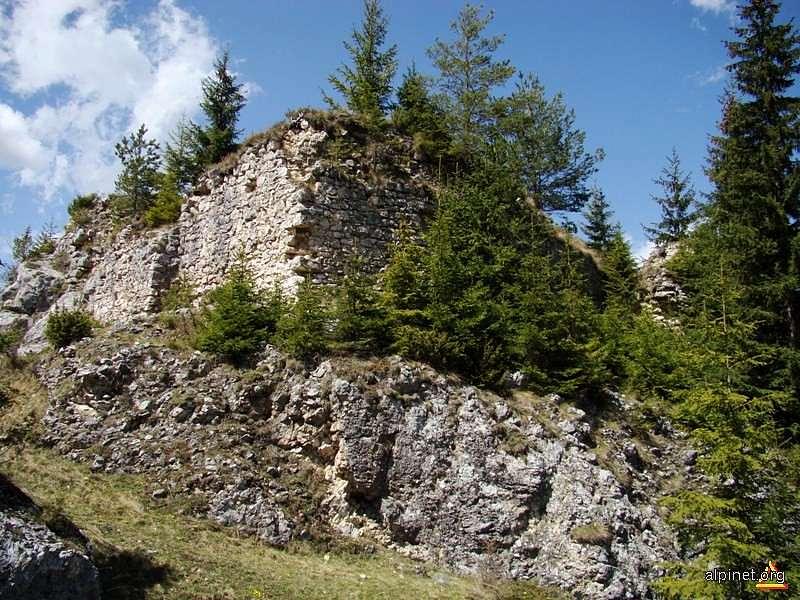Travel Planner: Campulung Muscel, the first capital of Romania's historic region Wallachia



This week we're traveling to Campulung Muscel, the first capital of Romanian historic region Wallachia, that was first mentioned in our previous piece on Curtea de Arges church.
It is important not confuse the name of this city, whose entire name is Campulung Muscel but which is called Campulung for short, with the other Romanian city of Campulung Moldovenesc, which is located in the North East of Romania, in Moldavia- Bucovina.
Campulung (which would literally be translated as the long field) lies 168 kilometers from Bucharest, 52 kilometers from the city of Pitesti (the capital of the Arges County), 47 kilometers from Curtea de Arges and 84 kilometers from the city of Brasov.
The city has a long and rich history. According to archaeologists, the first human traces in the area date back to the Bronze Age (1700 – 1600 BC). Proofs of Geto- Dacians having inhabited the area in the 2nd century BC have also been discovered. The first documented reference is from 1212 when the Hungarian King sent a letter to the Teutonic Knights asking them to stop the Cumans advancing in Tara Barsei (Barsa Country – Brasov County in present). One documentary source from 1292 mentioned Campulung as being the oldest city in Wallachia. From the beginning of the 13th century, an important community of Transylvanian Saxons settled in Campulung, who contributed to the development of the urban culture, handicrafts and trade. The community was led by a so called “grave (comes)” the last of them being Laurencius de Longo Campo. His epitaph dated 1300 is appreciated as the oldest middle age epigraphical document from Wallachia. In 1330 the King Basarab I set the capital of Wallachia at Campulung and gave it city status. There is a historic document containing 38 records written between 1559 – 1774, which cast a a little more light on Romania's history. According to these historical sources, there were several important moments for the city:
In 1330 after the Posada battle when the Hungarian King Carol Robert de Anjou was defeated by the Wallachian Prince Basabarb I (1310 -1352), the city of Campulung was set as capital of the country.
In 1368 King Vladislav I Vlaicu (1364-1377) set at Campulung a toll for crossing between Wallachia and Transylvania and required the merchants from Brasov region to pay customs duty when they passed through the Bran pass, which is located only 15 kilometers from Campulung.
In 1369 the king Vladislav I Vlaicu moved the capital to Curtea de Arges.
In 1521 an aristocrat named Neacsu wrote a letter addressed to Hans Bruckner, the mayor of Brasov, informing him about movements of Ottoman troupes in the Danube area, this document being the first letter written in Romanian language.
In 1552, Campulung was home to the first school in Wallachia, set up by Chiajna, the king Mircea Ciobanu’s wife. Afterwards, the king Antonie (1669-1672) built the first public school in Romania here.
In 1544, Sebastian Munster's Cosmographia which is the earliest German description of the world, mentioned the important role of the city of Campulung in the internal and external trade of Wallachia.
The most ancient document which mentions the privileges of the city was given by King Matei Basarab (1580 – 1654).
The modern history of Campulung was marked by three important events : the accommodation of the leader of the revolution from 1821 Tudor Vladimirescu on the night between May 22 – 23, 1821. The activity of several Romanian intellectuals in the 1848 revolution and the tough fights which took place around the city in the World War I.
 All these events left important trances in the city of Campulung and its surroundings and for any tourist interested in history, there are a lot of monuments to visit: the city museum, the ethnography and folk art museum, the history and arts museum, the Prince Negru Voda monument and the monastery and the cathedral built by the legendary first prince of Wallachia, Negru Voda in 13th century, the Flamanda church (named the bride’s church).
All these events left important trances in the city of Campulung and its surroundings and for any tourist interested in history, there are a lot of monuments to visit: the city museum, the ethnography and folk art museum, the history and arts museum, the Prince Negru Voda monument and the monastery and the cathedral built by the legendary first prince of Wallachia, Negru Voda in 13th century, the Flamanda church (named the bride’s church).
The city can be visited on the way to the Bran pass and Bran area. Campulung's surroundings offer travelers wonderful landscapes and fresh air. From Campulung passing by Dragoslavele and Rucar, the tourist can reach the statues reservation in Dealu Sasului, Oratia citadel - very beautiful and less known - and the Dambovicioara cave. Further on is the Piatra Craiului National Park.
An attraction point – and time - for any traveler can be the fair for Saint Ilie , on July 20 July, a tradition which started in the 15th century.
So for a holiday full of history, fresh air and amazing landscapes, the Campulung Muscel area is well worth a look.
By Mariana Ganea, Guest Writer, marianaganea24@yahoo.com
(photo source: Alpinet)